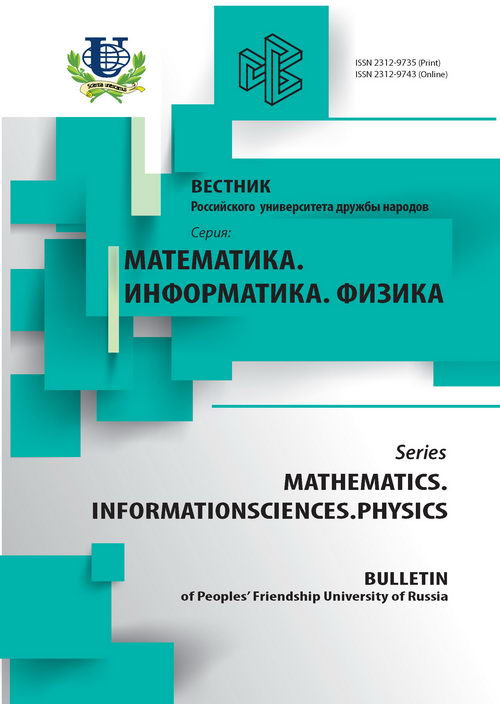Approximate Extension of the Lorentz Symmetry up to Conformal in the Limit of Ultrahigh Energies
- Authors: Rudoy Y.G1, Vernigora IA1
-
Affiliations:
- Peoples’ Friendship University of Russia
- Issue: No 3 (2014)
- Pages: 164-170
- Section: Articles
- URL: https://journals.rudn.ru/miph/article/view/8242
- ID: 8242
Cite item
Full Text
Abstract
The group-theoretical justification is presented for the original approach by Kirznits and Chechin which allows for the primary protons of ultra-high energy cosmic rays to overcome the energetic limit (about 50 EeV) of Greisen-Zatsepin-Kuzmin remaining in the scope of the usual ideas about the nature of the extra-galactic sources of the cosmic rays. But the experimental status of the GZK limit is at present not sufficiently definite due to the rareness of these events in this range of energies as well as due to the difficulty of their identification. Thus it seems reasonable to suggest one of the possible theoretical explanations of this limit without using any kind of so-called “new physics” (e.g., “cosmic strings” etc.). In this paper account is taken only for some natural extension of standard Lorentz kinematics as it formulated in the special relativity theory. It is shown that the explicit form of the factor deforming the Lorentz invariant in the energy-momentum space may be found on the grounds of the approximate transition from Lorentz symmetry to the conformal values of the Lorentz-factor of the order 10 10-10 11 . More technically, we replace the purely phenomenological approach of Kirznits and Chechin by more grounded regular expansion of special conformal transformation in terms of powers of inverse Lorenz-factor 1/y taking account only in the limiting case 1/y. In this way it occurs quite naturally that all the improved kinematics are capable to reproduce reasonably the observed data on the available sources of the extragalactic cosmic rays.
About the authors
Yu G Rudoy
Peoples’ Friendship University of Russia
Email: rudikar@mail.ru
Department of Theoretical Physics and Mechanics
I A Vernigora
Peoples’ Friendship University of Russia
Email: wenera-83@mail.ru
Department of Theoretical Physics and Mechanics
References
Supplementary files















